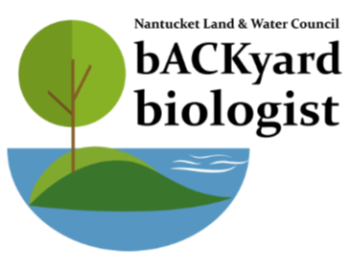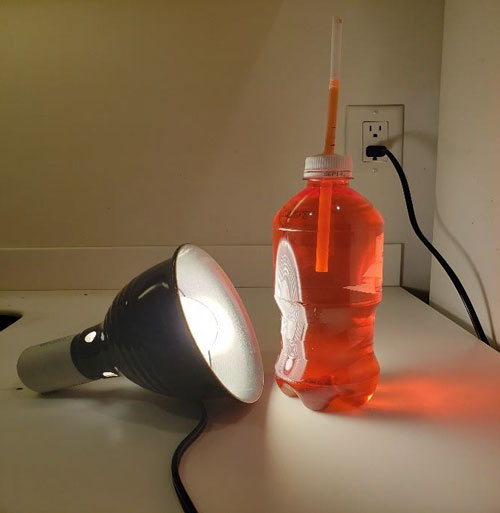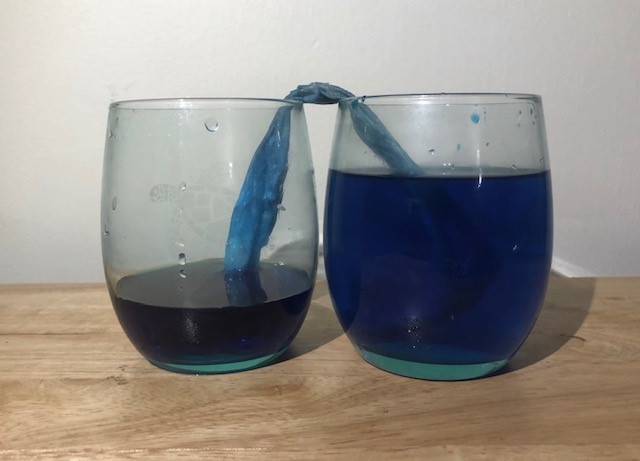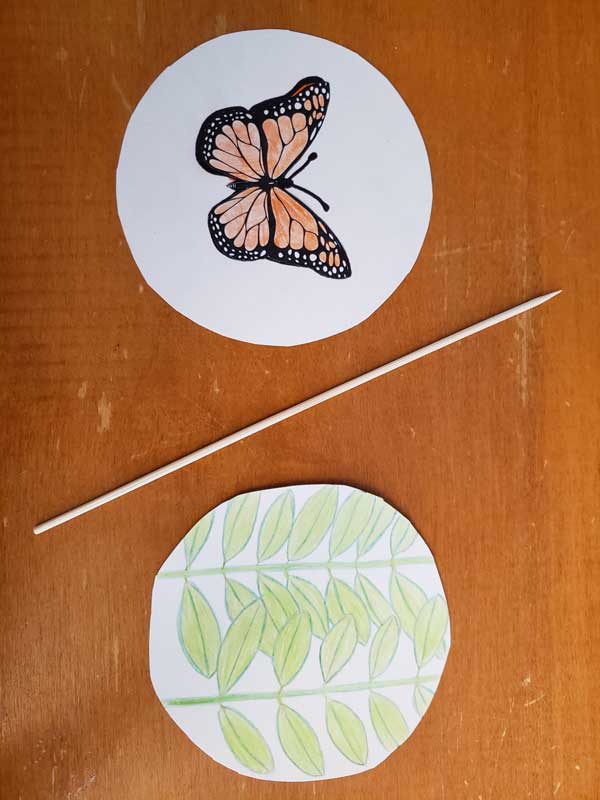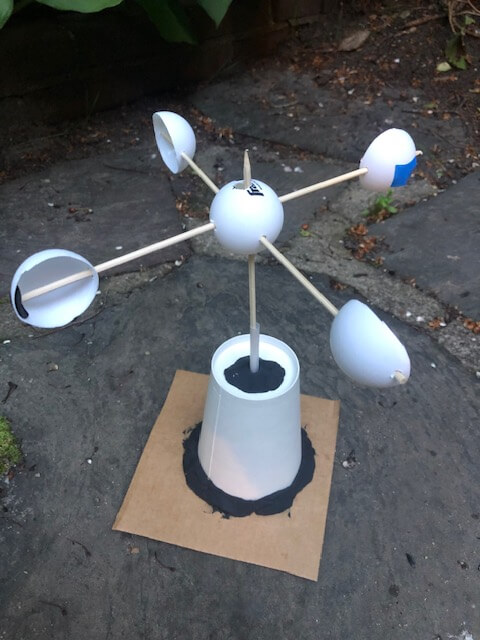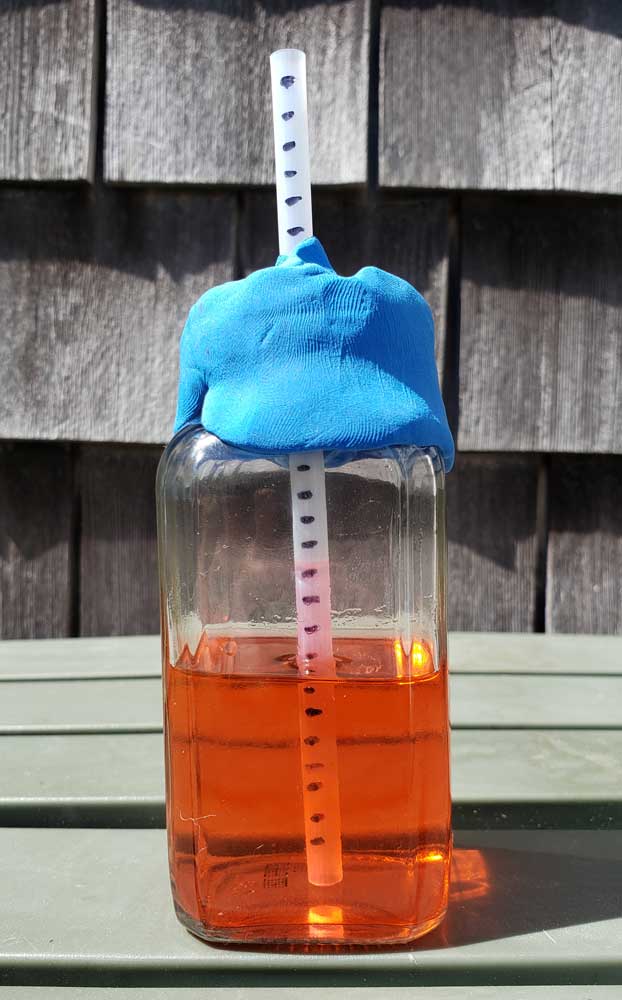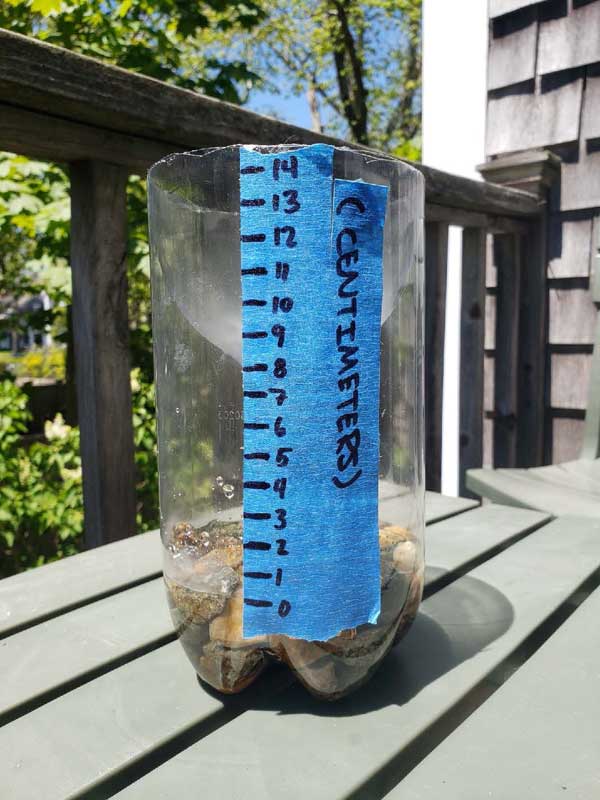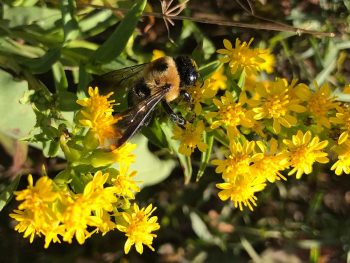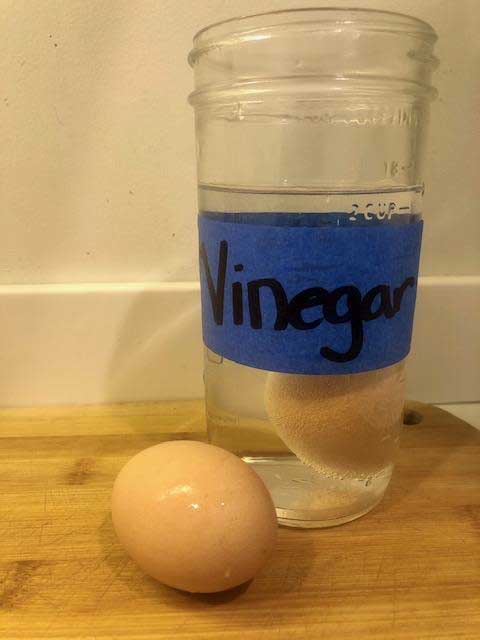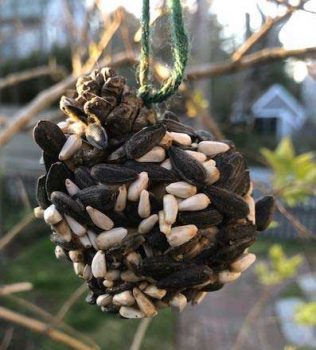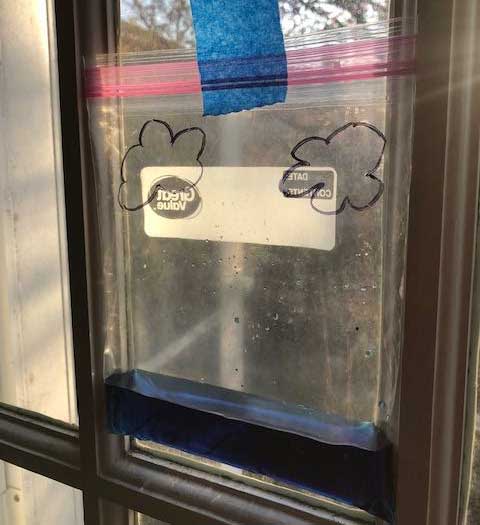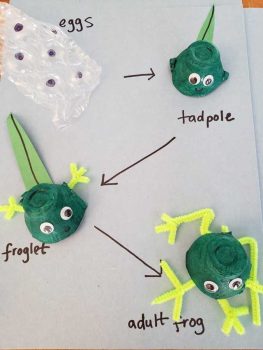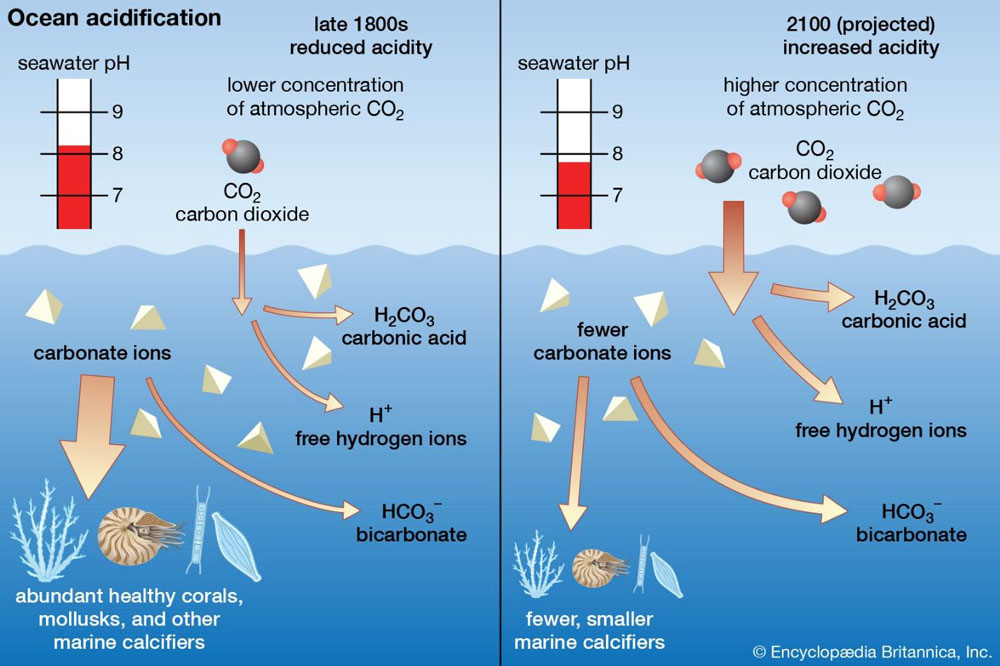Nantucket Land & Water Council is excited to bring science into your home and backyard with our new bACKyard Biologists program! NLC Resource Ecologist RJ Turcotte will provide instruction and demonstration for simple home-based science experiments for your family to experience together. Using Nantucket as your classroom, learn about the basic forces that shape our island like wind and waves, as well as exploring somewhat more complex topics like sea level rise and ocean acidification!
In addition, stay tuned for future events and activities such as virtual field trips around our beautiful island to explore vernal pools and other unique ecosystems. Be sure to follow us on Instagram and Facebook – @nantucketlandcouncil, and share your adventures with us as well as we explore nature in our backyard! #bACKyardBiologists
Virtual Trips and Lessons
Exploring Vernal Pools
Nantucket’s Sole Source Aquifer
At-Home bACKyard Biologists Experiments
Thermal Expansion and Sea Level Rise
Half of all sea level rise is caused by the melting of glaciers on land. The other half is unknown to most people- you can see glaciers melting over time. Unfortunately, you cannot see water expanding as easily. The process is known as thermal expansion, and we can explore it through a simple experiment- heating water and measuring its rise!
Download (PDF)
Capillary Action
Have you ever wondered how trees transport water from their roots to their leaves? Well, the answer has to do with a special property of liquids called capillary action. Capillary action is the movement of a liquid along a solid surface due to charges on the liquid and the surface. Plants use capillary action to bring water from the roots up through the stems all the way to the leaves.
Download (PDF)
Pollinator Thaumatrope
Few creatures are as important for our island ecosystems as pollinators. Butterflies, bees, and even some birds serve as pollinators, helping our plants complete their life cycles and provide us with our fruits and vegetables.
This project is a chance for you to illustrate your favorite Nantucket pollinator in its natural habitat.
By using two paper plates, the pollinator is drawn on one and its preferred habitat on the other. Once assembled, the thaumatrope provides the illusion of your pollinator flying amongst your backyard garden.
Download (PDF)
DIY Weather Station Part 3: Anemometer
Few natural forces shape Nantucket as much as wind does. Look around- especially at our trees. Along the perimeter of the island, trees grow crooked, stunted and gnarly. They survive where few others can- in the salt spray zone. Waves crashing on the beaches produce a fine mist which is carried by the wind. This salt spray kills many plants, but not our hardy species such as Atlantic cedar. Not only do they handle the salt spray, they withstand frequent storms, growing crooked from the wind.rainfall from year to year helps us plan everything from managing Nantucket’s Sole Source Aquifer to managing our food crops and flower gardens. In this week’s bACKyard Biologist, we build our own tool for measuring Nantucket’s rainfall.
Download (PDF)
DIY Weather Station Part 2: Thermometer
Every living thing on Nantucket is influenced by the seasonal temperature changes on here. The plants bloom and fruit during the warmer months, birds and fish migrate by the thousands as the seasons change, and even us humans change how we dress and behave based on what the thermometer reads. The thermometer was invented over five centuries ago and is so useful we have them everywhere- our cars, yards, homes, even some businesses show the temperature on their signs! Today we’ll learn how they work, and how to build one right at home.
Download (PDF)
DIY Weather Station Part 1: Rain Gauge
Humans have been measuring precipitation for thousands of years. Water is our most critical resource and keeping track of rainfall from year to year helps us plan everything from managing Nantucket’s Sole Source Aquifer to managing our food crops and flower gardens. In this week’s bACKyard Biologist, we build our own tool for measuring Nantucket’s rainfall.
Download (PDF)
The Bee Hotel
Spring is in full swing outside, so this week we’re looking at pollinators. Specifically, bees! Not just any bees though. Not honeybees- OUR bees. These solitary critters are docile, excellent pollinators, and love our gardens. Let’s see if we caSpring is in full swing outside, so this week we’re looking at pollinators. Specifically, bees! Not just any bees though. Not honeybees- OUR bees. These solitary critters are docile, excellent pollinators, and love our gardens. Let’s see if we can encourage a few of them to stick around!
Download (PDF)
Ocean Acidification in a Cup, Part 2
Building on what we learned in the first experiment about how our ocean and atmosphere interact, this time we see how a more acidic ocean directly impacts our iconic shell-building species.
Download (PDF)
DIY Birdfeeders and Nature Journals
Attract Nantucket’s beautiful birds to your yard! Each year, thousands of colorful, vocal songbirds visit our community- A pinecone, some string, peanut butter and sunflower seed will get you started on a new hobby.
Download (PDF)
Water Cycle in a Bag
Learn how our planet recycles water by creating a tiny enclosed earth, complete with oceans and an atmosphere, from stuff you have in your kitchen!
Download (PDF)
Frog Life Cycle
Welcome to spring on Nantucket! Frogs, one of the hallmarks of spring, are the subject of our craft this week. The frog’s life cycle begins when adult frogs head for water as the weather warms. They lay eggs, large gooey blobs, thousands of them! Tadpoles soon hatch, grow legs, and join their parents as full-fledged frogs. What kinds of frogs do you hear/see in your yard? What other signs of spring are you seeing? Let us know what you find!
Download (PDF)
Ocean Acidification in a Cup
Learn how things like carbon dioxide in the atmosphere make our oceans more acidic, even right here on Nantucket! Download (PDF)
Thank You Notes from our bACKyard Biologists

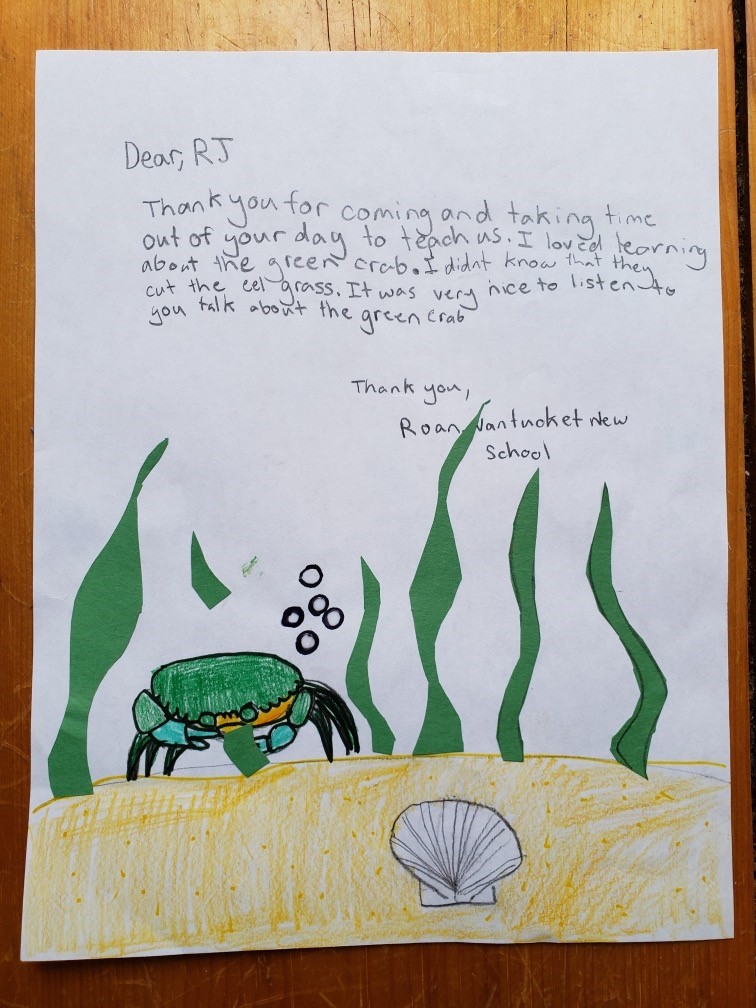
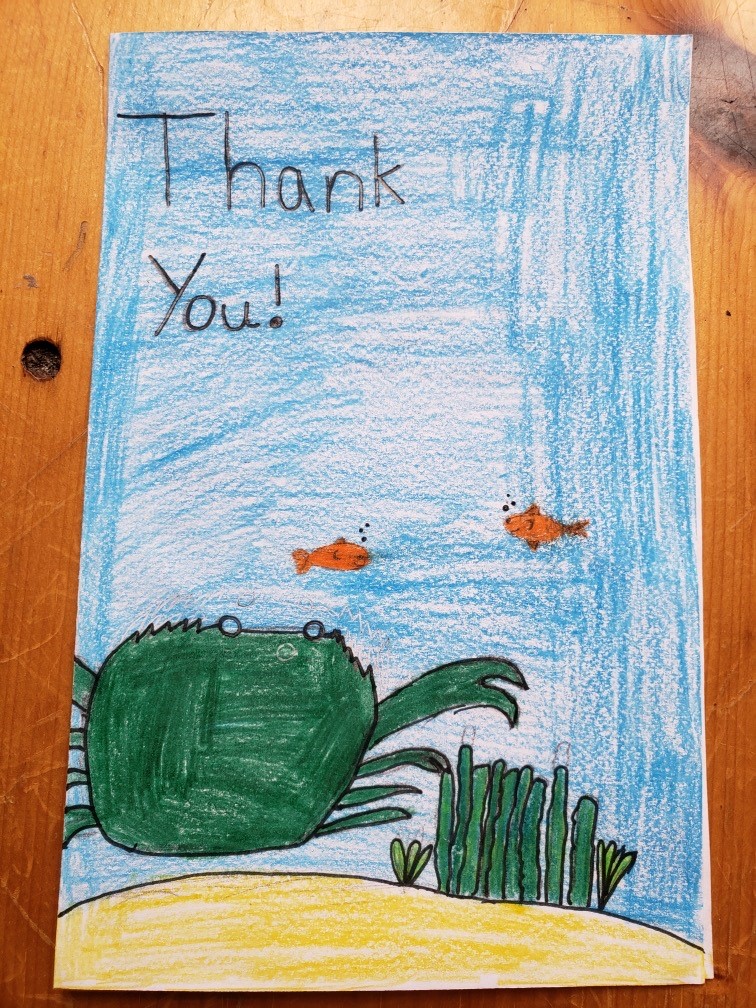
Composting doesn’t have to be all dirt and no play! 🪴
We’ll help you embrace your inner DJ and teach you how to mix those compost layers like you’re spinning tracks, greens, browns, and a little bit of water.
Ready to turn up the volume on composting?
Contact us for the best composting solutions for your garden & home 🏡
See 👆 bio for details
#CompostRockstars #SoilSavers #EcoWarriors #GreenGardening #ZeroWasteZone #SoilHealthHeroes#BackyardBiologists #CompostConcert #rotnroll
I love these little guys. 🐸
So happy when they turn up in the middle of my gardening!
We also saw a toad, its less cute and more common cousin. No photo as it was ☠️ extra gross - It looked like it had choked on a snail and so we threw it into the empty lot next door, to join the exiled snails and higad. #backyardbiologists #hardinhomeschool
My yard smells amazing…happy pollinator week! #pollinatorgarden #pollinatorweek #plantforpollinators #plantfortheplanet #nativeplants #wildutah #milkweedformonarchs #milkweed #backyardbiologists #asclepias #bumblebees #lepidoptera #utahpollinatorhabitat #plantnative #sciencegirl #utahpollinatorpursuit

